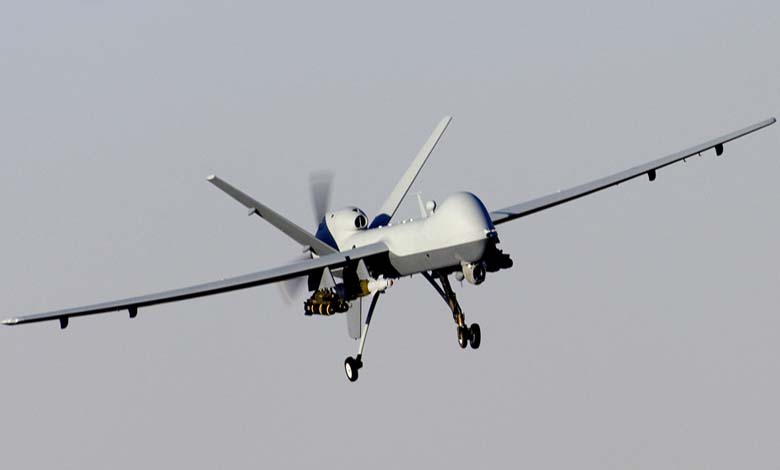Ghost Drones: Unmanned aircraft partially disrupt air traffic in Belgium and Sweden

Air traffic was briefly halted on Thursday evening at two airports in Belgium and Sweden due to the presence of drones.
A spokesperson for air traffic control at Brussels Airport told Agence France-Presse that flights were suspended for half an hour starting at 9:23 p.m. (8:23 p.m. GMT), before normal operations gradually resumed.
Drone sightings had already caused air traffic to stop twice late Tuesday at both Brussels and Liège airports.
Belgian Prime Minister Bart De Wever convened an emergency meeting of the National Security Council on Thursday morning to discuss the disruptions.
Over the past two months, Belgium has experienced several incidents involving suspicious drone flights over sensitive sites or strategic infrastructure, similar to other European nations.
Last Tuesday, air traffic was suspended over Brussels-Zaventem Airport, the country’s main hub, following the detection of a drone, according to the airport’s operating company.
The previous weekend, drones flew three times over the Kleine-Brogel military base in northeastern Belgium, which hosts U.S. nuclear weapons, prompting the Belgian military intelligence service to launch an investigation.
This is not the first such incident in Belgium. Earlier in October, drones were detected over the Elsenborn base near the German border, leading authorities to tighten aerial surveillance around military facilities.
In a related development, flights were suspended for several hours on Thursday at Landvetter Airport in Gothenburg, Sweden, after a drone was spotted.
According to Aftonbladet, citing airport operator Swedavia, the police declared the incident over and allowed air traffic to resume.
Swedavia’s report indicated that two incoming flights, from Munich and Frankfurt, had to be rerouted.
Analysts suggest that the recurrence of such incidents reflects a growing security threat posed by drones in Europe, especially given the rapid technological progress that makes tracing and intercepting them increasingly difficult.
This development comes as the European Union works on establishing what officials have described as an “anti-drone wall” by 2027 — an integrated defense system drawing on operational lessons learned in Ukraine since the start of the Russian invasion in 2022.
The project aims to create a shared network of radars and electronic interception systems among EU member states to safeguard both civilian and military infrastructure from low-altitude aerial threats.












